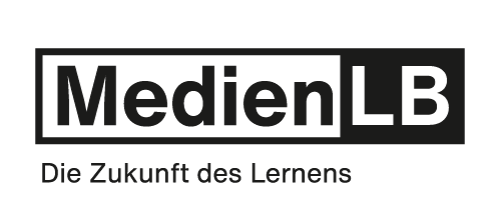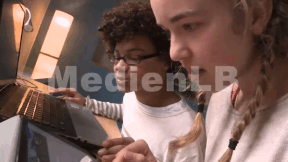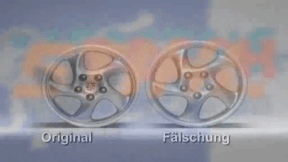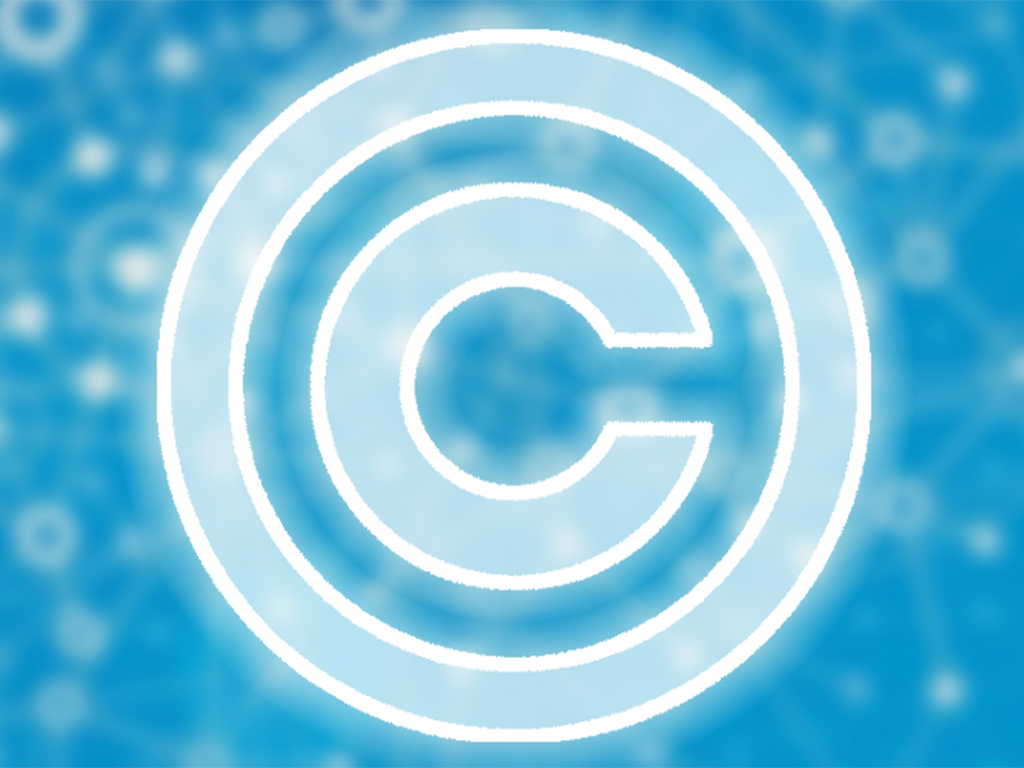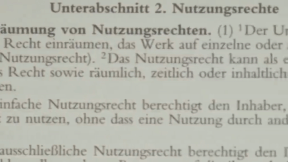 German
German
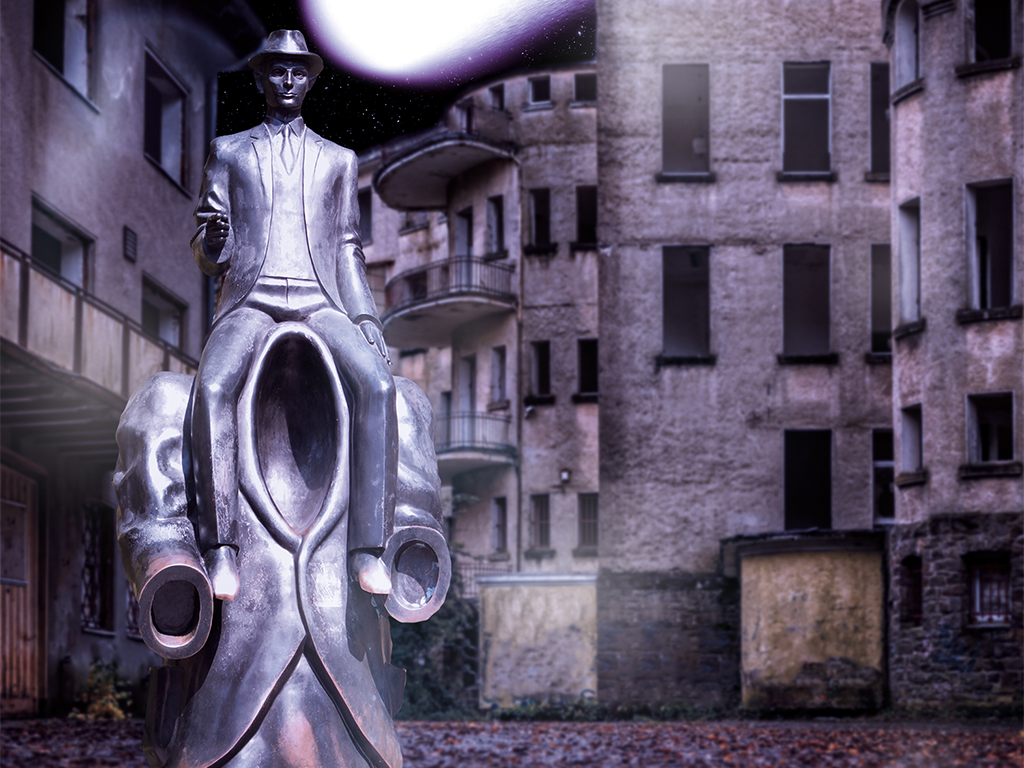
4679023 / 5565784
Expressionism in Literature
Poetry, Prose, Drama
The term Expressionism is made up of the two words “ex“ and “premere“, the Latin word for “ to press”. So Expressionism is the art of expressing oneself. Truths, thoughts and experiences seen mentally are brought out and in a manner that is radical, blunt and, above all, subjective. Thus Expressionism was the response to a world that was completely turned upside down, which posed enormous problems for the whole of humanity at the beginning of the 20th century. The period of Expressionism is dated both in literature and the visual arts from 1905 to 1925. The essential event in those years was the First World War, which lasted from 1914 to 1918 and called into question human existence as a whole. It was waged with so far unknown dreadful weapons, such as the use of gas as in combat. War, destruction, disintegration, confusion , loss of self, ecstasy, madness, love, emotions were the Expressionists’ subjects which they dealt with in a strongly subjective and existential, sometimes almost eruptive manner. Political depression, advancing industrialisation and, last but not least, problems of the city became constantly recurring themes in many works. Berlin was the hub of this era and its art. The city was full of life but also bursting at the seams. Many people had difficulties adapting to the speed of the new era.
Play trailer
Curriculum-centred and oriented towards educational standards
Matching
Product Piracy
Counterfeiting takes place in almost all economic sectors – textiles, watches, car parts, machine parts, tools, accessories, software and medicines. Some counterfeits are easy to recognise, others are so well-executed that even experts have difficulty distinguishing between original and imitation. This DVD covers the development of a product from idea to manufacture. Once a product has become a trademark, product pirates appear on the scene.
Copyright
Copyright is subject to constant change to keep up with technological advances. This film enables the viewer to grasp the basic principles of this extremely intricate matter. By way of introduction, the film defines what an author is, what kinds of works there are and how long a work is protected on principle. Then the fundamental rights of an author are cited and it is shown how these are exploited in our times. In the third chapter, the respective rights are illustrated by way of practice-oriented examples of books, photos, music and films. Here, of course, an emphasis is laid on the field of education, taking into account the latest case law within the EU and Austria in particular. A further chapter highlights the problems arising with the Internet and goes into the citation law and pirate copies. All in all, in this way the viewer is made familiar with the most important basic terms and their meanings. Comprehensive worksheets and additional accompanying material invite us to deepen our knowledge of the subject.



